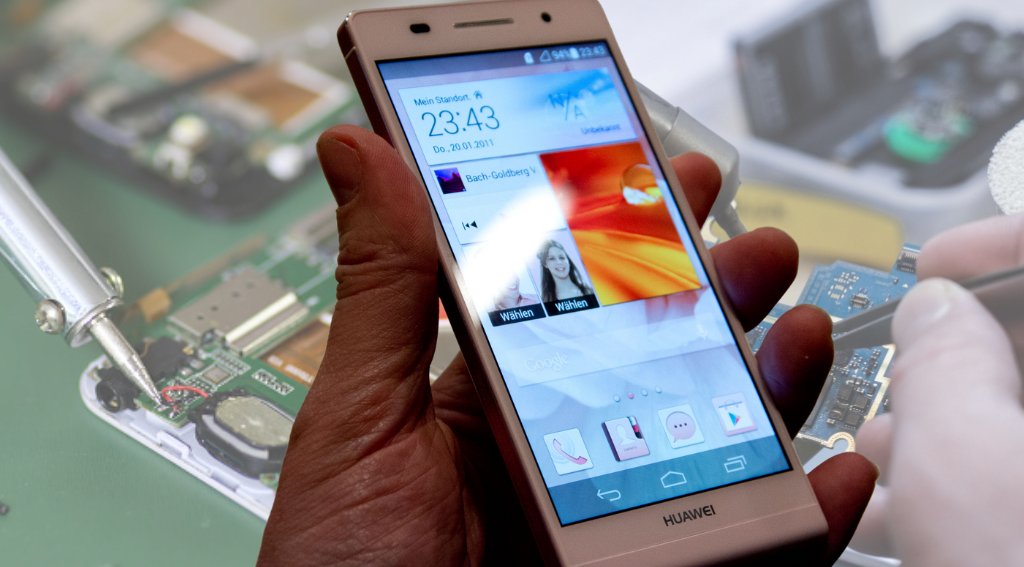US to examine semiconductor components in Huawei’s ‘Manufactured in China’ smartphone

The Mate 60 Pro has quickly become a hot commodity in China, with its high demand leading to sold-out status. This rise in popularity coincides with reports of a significant domestic chip breakthrough, all amidst years of enduring sanctions.
M60 in great demand
The White House is showing interest in Huawei’s latest flagship smartphone, the Mate 60 Pro. This represents a significant achievement for the Chinese tech company, coming four years after US restrictions severely impacted its handset business.
US National Security Advisor Jake Sullivan stated earlier this week that the US is seeking more information about the specific chip powering Huawei’s Mate 60 Pro. This comes in response to inquiries about whether US export controls on advanced semiconductor technology were being circumvented.
Huawei has not disclosed its suppliers for the Mate 60 Pro, but the presence of a seven-nanometer processor indicates that it is likely produced by Semiconductor Manufacturing International Corp (SMIC). SMIC has not yet commented on this matter.
Seven-nanometer chip in device
SMIC, a partially state-owned Chinese chipmaker, faced export restrictions three years ago due to concerns over the potential military application of its chip technology. However, it was reported last year that SMIC was producing seven-nanometer chips for bitcoin mining, surprising the industry as the US had been trying to restrict its access to advanced chipmaking equipment.
These seven-nanometer chips from SMIC are crucial for efficient data processing in smartphones and data centres, although they still lag behind the four-nanometer chips used in Apple’s current iPhone 14. Apple is expected to announce the use of three-nanometer chips, manufactured by Taiwan Semiconductor Manufacturing Company (TSMC), in its upcoming iPhone 15 models.
Advancement of China’s chip sector
While SMIC has made progress, it is not yet on par with TSMC. Nevertheless, the Huawei smartphone release demonstrates the technological advancements achieved by China’s chip sector, even without access to the latest extreme ultraviolet lithography tools.
The US has attempted to prevent the export of extreme ultraviolet (EUV) machines from Dutch equipment maker ASML to China. These machines are essential for producing chips at nodes of seven-nanometers and below. Experts suggest that this development could lead to even tougher restrictions on China’s access to critical manufacturing technologies.
US-imposed sanctions on Huawei
The US would maintain its current approach of technology restrictions focused on national security concerns rather than pursuing commercial decoupling.
US sanctions imposed on Huawei in 2019 prevented the company from sourcing advanced chips, equipment and software from the US for 5G smartphones. This forced Huawei to shift its focus to selling 4G devices and prioritize its domestic market.
Analysts are predicting that Mate 60 Pro’s release could rejuvenate Huawei’s smartphone business, potentially increasing overall phone shipments by 65 percent to 38 million units this year.
Top seller
The Mate 60 Pro’s “Made in China” credentials have sparked patriotic enthusiasm, leading to high demand and stock shortages at Huawei stores. Additionally, it has boosted the stock prices of Huawei’s component suppliers. The FactSet China Semiconductor Index, tracking the country’s major chipmakers, has outperformed Chinese equities, with a gain of over 9 percent since the smartphone’s release last week.
Related topics:
AIBC Forex: Meeting new investment challenges
Implementation strategy for the launch of a new start up (aibc.world)
AIBC Insight: Impact of fintech on Commercial Real Estate






